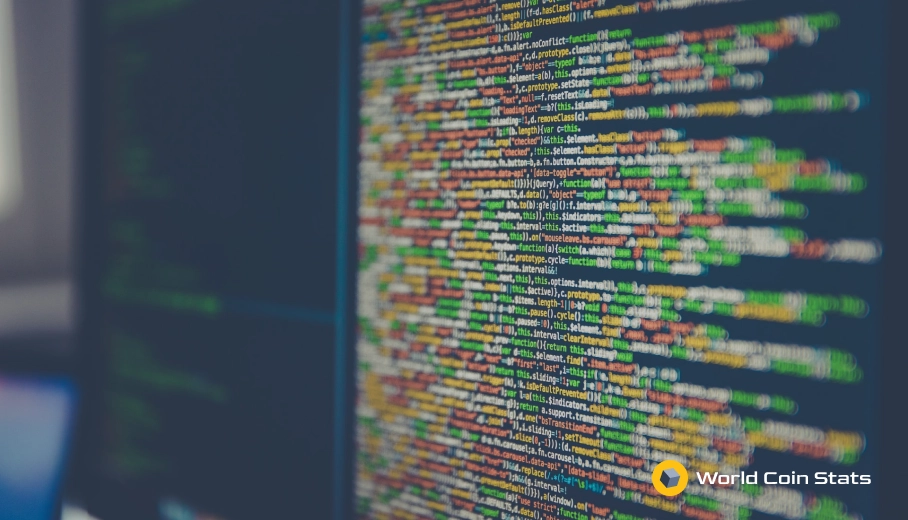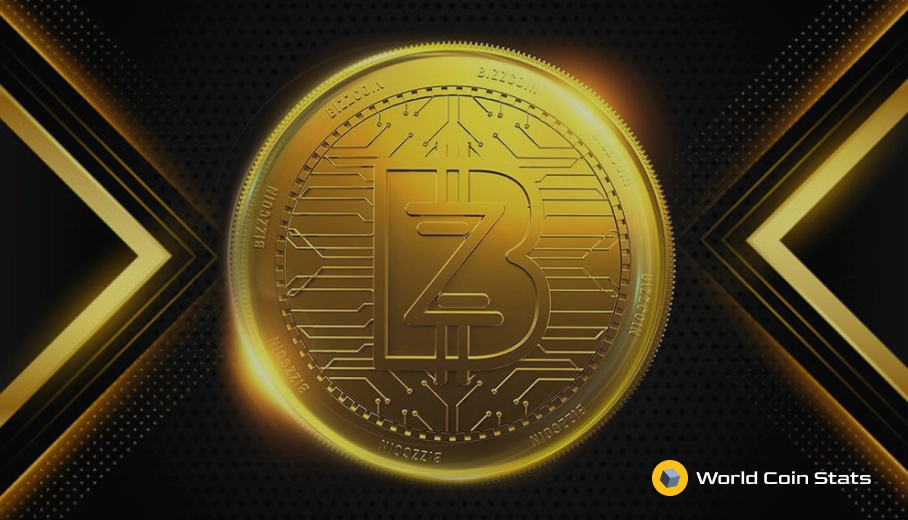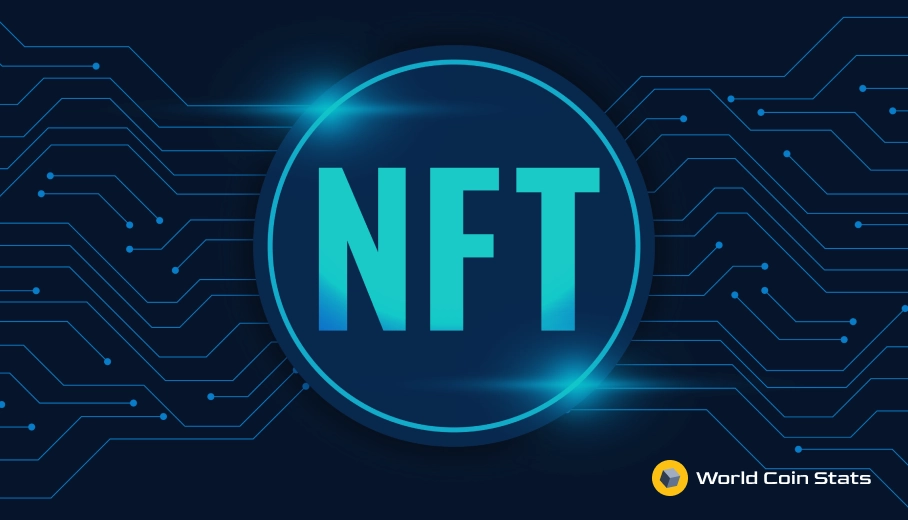Best Metrics to Measure DeFi Projects
DeFi is a quickly growing aspect of cryptocurrency, but is that growth even real? What are the best metrics to measure growth in DeFii?
You probably think growth can be easily measured by looking at key DeFi metrics like Total Value Locked (TVL). And that’s true to an extent, Total Value Locked (TVL) is the best way to measure growth in DeFi. However, TVL is a little misleading and does not tell the entire picture about measuring DeFi projects.
This article will explain the best metrics to measure DeFi projects.
Total Value Locked (TVL) is The Most Important DeFi Metric… Or Is It?
DeFi users will often tout TVL as the most important metric in DeFi. And that is true to some extent, but it does not tell the full story about DeFi.
First of all, TVL refers to the total amount of value locked into DeFi smart contracts. It’s an important metric because a higher TVL means that more people are holding their cryptocurrency in DeFi.
So, what is the problem with TVL as a metric for DeFi projects?
TVL only covers one part of the DeFi ecosystem – the staking aspect. That’s right, TVL refers to the amount of cryptocurrency that users have staked on DeFi protocols. It does not refer to other aspects of DeFi such as total trading volume on decentralized exchanges or even gambling on DeFi.
There are other metrics for that. Again, there is a problem when one uses those metrics to measure the success of a DeFi project.
It heavily favors DeFi projects that have Ethereum staking.
For instance, MakerDAO has a large TVL because it requires Ethereum to be staked to maintain the price of the stablecoin DAI.
With that in mind, is TVL a good indicator of success for MakerDAO?
Yes, but it does not mean that MakerDAO is the most successful DeFi project because it has a high TVL.
Total value locked does a good job indicating the success of DeFi as a whole, but it only covers one aspect of DeFi – staking Ethereum. And stablecoin DeFi projects like MakerDAO will earn the top spot because they only rely on TVL for their success.
To fully understand the success of a DeFi project one must utilize other metrics. The next section will cover some of those metrics.
Other Important DeFi Metrics
As stated earlier, TVL is an important metric for DeFi because it does show that people are placing trust in DeFi. But it does not work well for other DeFi projects that do not have staking as a primary feature.
Those metrics include the following.
Monthly Trading Volume
An important metric in DeFi, perhaps the most important metric for all of DeFi, is daily trading value. This metric measures the total value of trades that occur on an exchange in a month.
This is an important metric because it shows an exchange with a higher monthly trading volume is more successful. Of course, the most successful exchange on DeFi is Uniswap with nearly $25 billion in trading volume per month.
That is already higher than Coinbase, but not higher than the combined total of centralized exchanges. It makes sense that Uniswap has a higher monthly trading volume than a single centralized exchange – Uniswap is the only decentralized exchange that most people use in DeFi whereas users have many options for centralized exchanges.
Anyway, if you want to measure the success of a decentralized exchange, then you should look at the monthly trading volume rather than the TVL.
Loans Originated
Loans originated is an important metric to measure the success of a DeFi lending platform. The reason should be clear – a lending platform facilitates loans, and the popularity is determined by the amount of loans that originated from the platform.
Loans originated measures the value of loans on the platform. More loans originated means a more popular platform.
This is not a difficult metric to understand.
Average Collateralization
Average collateralization is another important metric for DeFi projects. Collateralization refers to the amount of money (read: collateral) required to receive a loan.
A higher collateralization percentage is worse than a lower one. The reason for this is simple:
Higher collateral requirements mean borrowers must fund their loans with more money. It also usually results in higher results.
Anyway, in the case of average collateralization a successful DeFi project will have a lower average collateralization than others. Of course, this metric only applies to lending projects on DeFi.
As for the average collateralization on DeFi projects, it’s higher than in traditional finance. In fact, it’s actually overcollateralized. That means the value of the collateral is worth more than the loan.
This makes sense because the collateral is often cryptocurrency, which is extremely volatile.
Final Thoughts
In summary, DeFi has many different metrics to measure the success of projects. Total value locked, while a good indicator of faith in the DeFi ecosystem and useful for certain projects, does not paint the full picture about DeFi.
It’s simply too narrow of a metric and therefore does not apply to all DeFi projects.
Remember, DeFi encompasses a large amount of projects. And most of those projects do not have total value locked as a metric worth considering – it’s just not relevant to the scope of some projects such as a lending platform.
With all that in mind, we recommend using metrics relevant to a specific DeFi project when you review those projects. Some metrics include monthly trading volume for decentralized exchanges and loans originated for DeFi lending protocols. Average collateralization is also a useful metric because it indicates the amount of collateral required to obtain a loan, if this is too high, then less people will take out loans.




